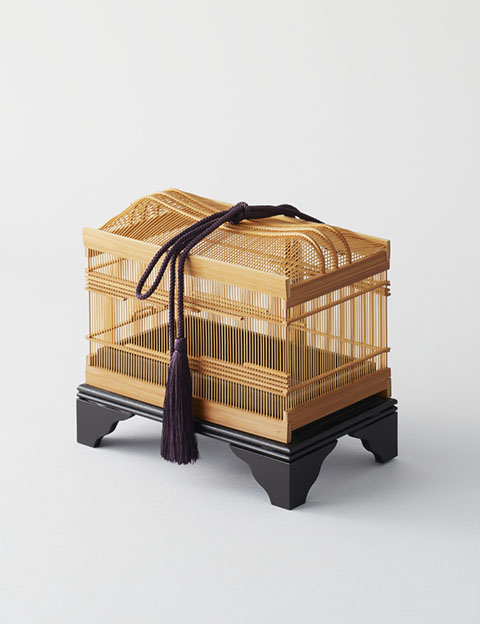SURUGA Take Sensuji Zaiku (Bamboo Latticeware)

The Suruga bamboo craft dates back to the beginning of the Edo era (1600-1868), when warriors almost exclusively made bamboo goods as a side job during peaceful times. In the 19th century, the feudal lord in Okazaki, who was skilled in the art of bamboo weaving, passed on his techniques to Shimizu Inobei. Using these techniques, Shimizu produced candy bowls and insect cages to sell to travelers on the Tokaido road between Kyoto and Edo.
By bending strips of bamboo that have been whittled down to thin round canes and then assembling them into a ring, it is possible to create various items of different shapes, including flower vases, trays, coasters, and insect cages. The round narrow canes of the finished product have a tangible warmth and softness.
Feature
Bamboo strips are shaved down to thin, round pieces, which are then bent and inserted into a bamboo ring. This technique enables the creation of a variety of shapes. The rounded strips lend a warmth and softness to the finished product.
How to make
The bamboo varieties used for this craft are mainly Japanese timber and moso. Each item is produced by one artisan following four major steps: making the strips, making the rings, weaving and assembly. First, the bamboo is split and heat is applied to bend it. Then, the bamboo is cut into thin pieces and passed through a stripper. Holes are drilled into a bamboo ring, and the bamboo strips are inserted to assemble the final product.

